#imbolg
Text
Imbolc Altar Ideas & Correspondences

Imbolc, also known as Candlemas or Brigid's Day, marks the halfway point between the winter solstice and the spring equinox. It's a time to celebrate the returning light and the awakening of the Earth.
Altar Decorations:
Candles: Imbolc is strongly associated with the element of fire. Decorate your altar with candles in shades of white, yellow, and light blue to represent the increasing daylight.
Brigid's Cross: Craft or purchase a Brigid's Cross, a traditional symbol associated with the Celtic goddess Brigid. Hang it on your altar as a protective charm.
Seasonal Flowers: Place early spring flowers like snowdrops, crocuses, and daffodils on your altar. These symbolize the first signs of life returning to the land.
Herbs: Incorporate herbs such as rosemary, thyme, and cinnamon for their purifying and invigorating properties. Bundle them together with a red or white ribbon.
Seeds: Represent the potential for growth by adding a dish of seeds to your altar. Consider seeds associated with early spring crops like wheat or herbs.
Imbolc Symbols: Include symbols like lambs, ewes, and the sun to capture the essence of this seasonal transition.
Candle Holders: Choose unique candle holders or lanterns to enhance the ambiance. Consider using candle holders in the shape of suns, stars, or nature-inspired designs.
Divination Tools: Add divination tools like tarot cards or runes to your altar for seeking guidance during this transitional period.
Symbolic Stones: Integrate crystals such as citrine for abundance, aquamarine for clarity, and moonstone for intuition. Arrange them aesthetically around your altar.
Feathers: Symbolizing air and spirituality, feathers can be incorporated to invoke the energy of the season. Choose feathers from birds associated with the goddess Brigid, like swans or owls.
Artwork: Display artwork or illustrations that resonate with the themes of Imbolc. This could include depictions of Brigid, snow-covered landscapes, or symbols of growth and renewal.
Imbolc Incense: Craft or purchase incense blends with scents like frankincense, myrrh, and chamomile to fill your sacred space with a soothing and purifying aroma.
Correspondences
Goddess Brigid: Imbolc is sacred to Brigid, the Celtic goddess of hearth, home, and inspiration. Invoke her energy for healing, creativity, and protection.
Colors: White, yellow, light green, and light blue are associated with Imbolc. Use these colors in candles, altar cloths, and decorations to align with the festival's energy.
Stones: Crystals such as amethyst, garnet, and clear quartz resonate with Imbolc's energies.
Foods: Dairy products, especially cheese, and foods made with seeds like bread or muffins are fitting for Imbolc. Set offerings on your altar or incorporate them into your celebration feast.
Water: Imbolc is also associated with the element of water. Include a small bowl of water on your altar to symbolize purification.
Creativity Symbols: Imbolc is a time for inspiration and creative endeavors. Include symbols of your creative pursuits, such as a paintbrush, musical instrument, or writing quill.
Anointing Oils: Create or purchase anointing oils infused with herbs like lavender, rosemary, and frankincense. Use them to anoint candles, tools, or yourself during Imbolc rituals.
Animal Representations: Incorporate figurines or images of animals associated with Brigid, such as lambs, cows, or swans, to honor her connection to the animal kingdom.
Wheat or Corn Dolls: Craft small dolls from wheat or corn husks, symbolizing the harvest to come. Place them on your altar as a representation of the Earth's fertility.
Bell or Chimes: Hang a bell or wind chimes near your altar to symbolize the awakening of nature and the stirring of life. Ring it during your Imbolc rituals to mark significant moments.
Decorative Cloth: Choose an altar cloth with intricate patterns or symbols related to Imbolc, such as suns, wheels, or Brigid's crosses, to add a touch of magic to your sacred space.
May you find warmth in the returning light. <3
#pagan#witchcraft#paganism#witch#occult#wicca#dark#magick#neopagan#wiccan#imbolc#february#witchblr#imbolg#brigid of kildare#goddess brigid#st brigid
668 notes
·
View notes
Text

All About Imbolc
Imbolc, also known as Imbolg, celebrated on February 1st, marks the halfway point between the winter solstice and the spring equinox in early Ireland and Scotland, and also signified the beginning of the first signs of spring after all the harsh winter days. Originally a pagan holdiay in pre-Christian times, there is little in writing about the historic traditions and customs, although many historians believe it revolved around the Celtic Goddess Brigid, lambing season, and cleansing due to observed ancient poetry.
Brigid is a Goddess and daughter of the father-God of Ireland, Dagda. She is associated with quite a few things depending on the sources, but universally associated with wisdom and poetry. Other associations of hers are blacksmithing, protection, domesticated animals, childbirth, fire, and healing. She was also known as a protector of the home and the family.
Once Christianity arose, it is believed that the Goddess was syncretized with the Irish Saint Brigid by Christian monks due to the many overlapping associations. This caused Imbolc to quickly turn into St. Brigids Day and the next day into Candlemas with the rising Christian popularity, enmeshing the holiday associations together.
Today, many people have mixed the traditions and melded many associations from both religious and cultural history to celebrate their own unique way. Common ways to celebrate are making a Brigid's Cross, welcoming Brigid into the home, having a feast in her honor, cleaning the home and oneself, visiting a holy well, and in some parts of the world they still hold festivals and processions carrying a representation of Brigid. Many pagans nowadays are using associations of hers and their connection with nature to create their own ways to celebrate, however, and you can absolutely celebrate however you feel called to do so.
Imbolc Associations:
Colors - white, gold or yellow, green, and blue
Food - milk, butter, cheese, seeds and grains, breads, herbs, blackberries, oat porridge, wild onion and garlic, honey
Animals - sheep and lambs, swans, cows, burrowing and hibernating animals
Items - candles, corn dolls, Brigid's cross, fires, snowdrops and white flowers, crocuses and daffodils, flower crowns
Crystals - amethyst, garnet, ruby, quartz, bloodstone
Other - lactation, birth, feasting, farm preparation, cleansing and cleaning, the sun, poetry and creative endevours, smithing, water
Ways To Celebrate Imbolc:
make a Brigid's cross
light candles
have a feast
bake bread
plan your spring garden
leave an offering for Brigid
make a corn doll
craft a flower crown
clean your home
take a cleansing bath
make something out of metal
have a bonfire
look for the first signs of spring
make your own butter or cheese
do divination work and seek wisdom
write a poem
#magical#magic#magick#witch#witchy#pagan#paganism#witchblr#imbolc#imbolg#brigid#st brigid#candlemas#holiday#baby witch#witch tips#sabbat#wheel of the year#wiccan#celtic#gaelic#history#brigit#beginner witch#witchcraft#witchcore#cottage witch#hedge witch#green witch#eclectic witch
396 notes
·
View notes
Text

Brigid🤍🌾🕯️
#imbolc#imbolg#brigid#goddess brigid#st brigid#candlemas#baby witch#witchblr#witch community#witchcraft#paganism#pagan holidays#altar#altar ideas#my stuff
162 notes
·
View notes
Text

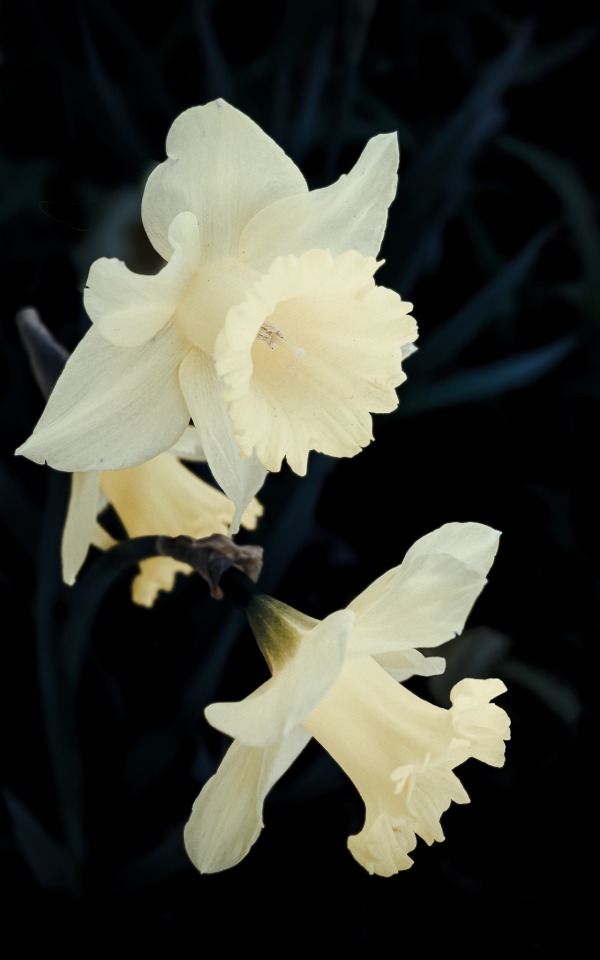

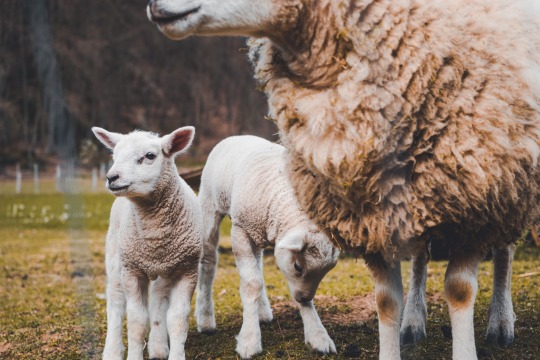
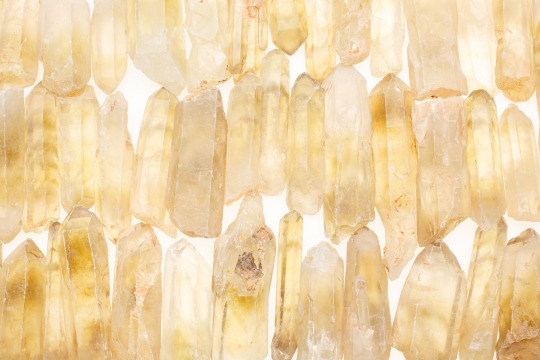
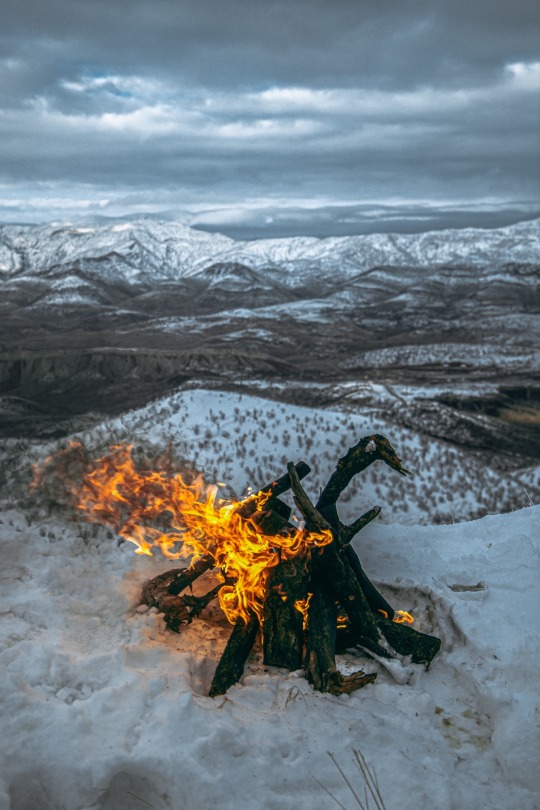

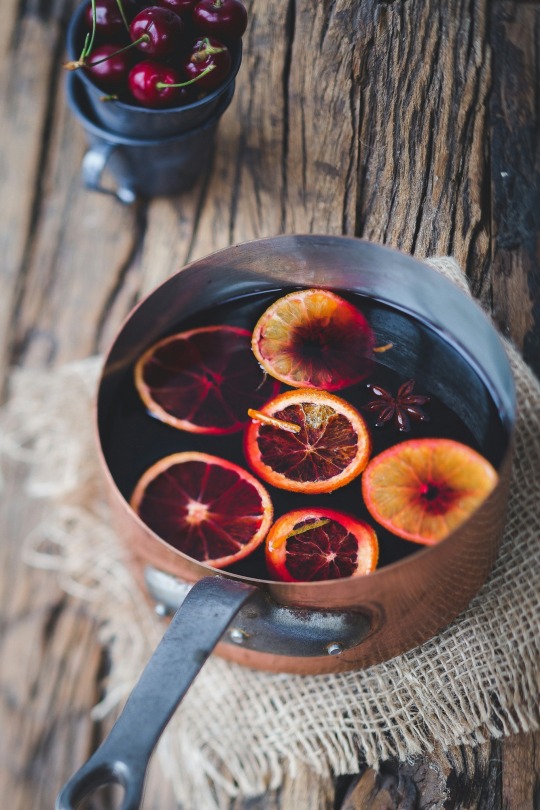
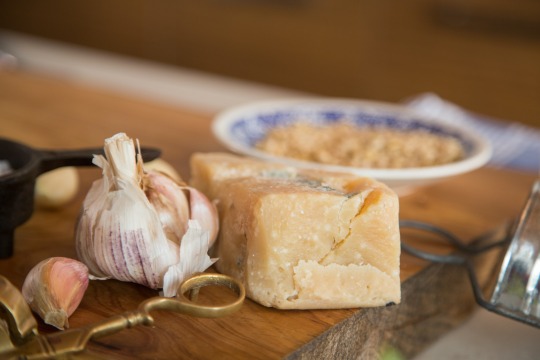
Imbolg Moodboard
#imbolc#imbolg#wheel of the year#pagan#sabbats#early spring#aesthetic#witchblr#witchcraft#cottagecore
162 notes
·
View notes
Text
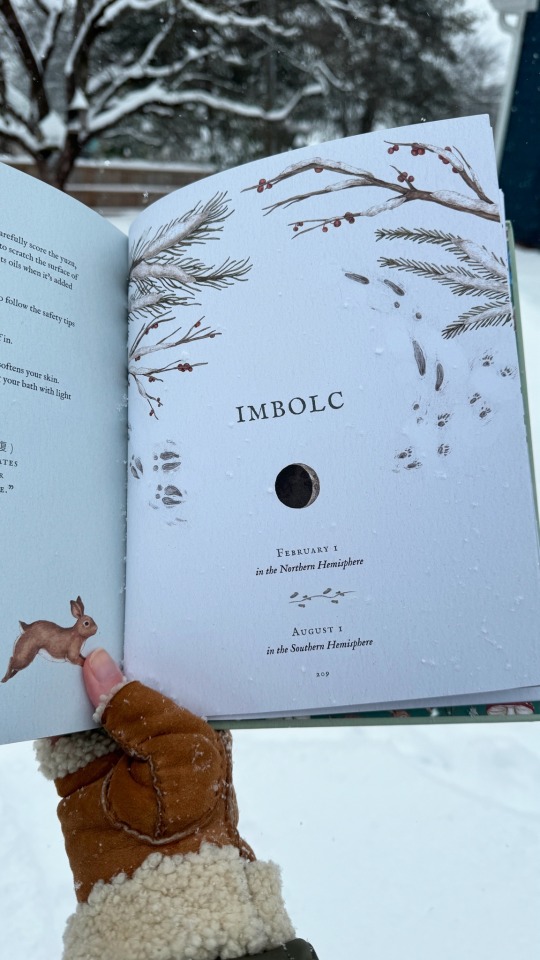
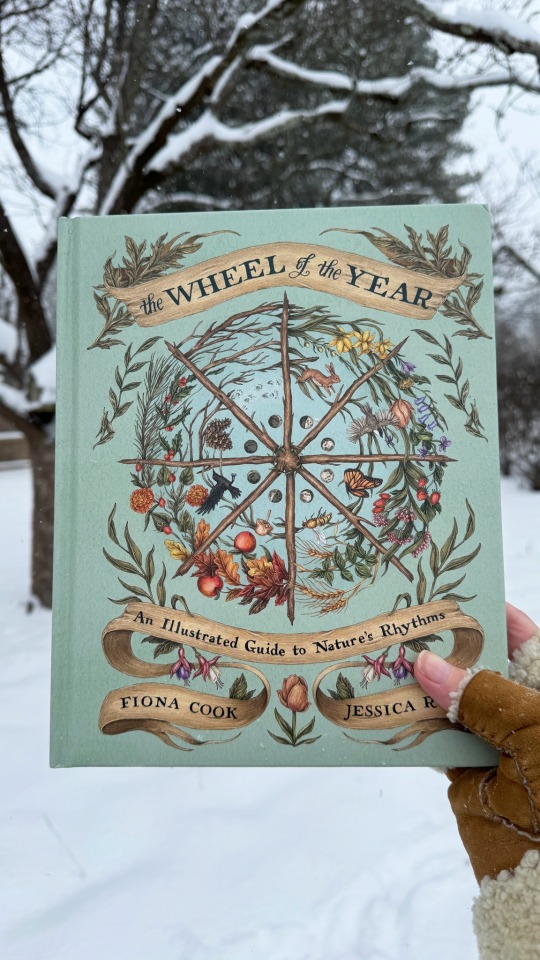
I took these photos when the snow blanketed the ground, and I am sharing them today on Imbolc! ❄️ The Wheel of the Year was written by Fiona Cook, published by Andrews McMeel Kids, and is available wherever you like to get your books!
105 notes
·
View notes
Text
Blackcrowing's Irish Pagan Festivals Master Post
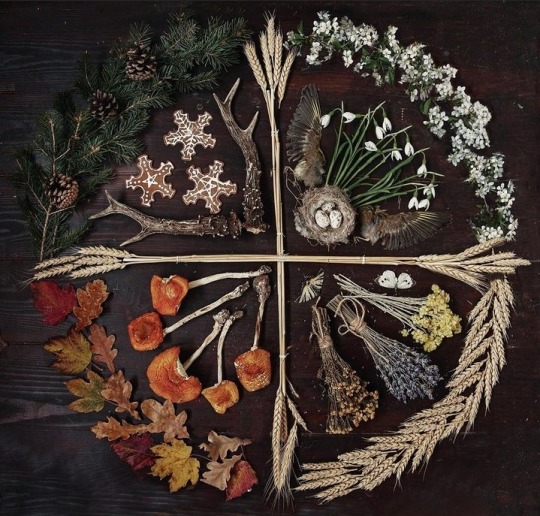
Samhain Festival
Samhain Authentic Foods
Imbolg Festival
Imbolg Authentic Foods
Bealtine Festival
Bealtine Authentic Foods
Lughnasadh Festival
Lughnasadh Authentic Foods
Art Credit - Familiar_flower
#lughnasa#lúnasa#lughnasadh#bealtaine#Baltaine#Beltane#imbolg#imbolc#fire festivals#fire festival#irish#irish mythology#irish polytheist#irish polytheism#irish pagan#irish paganism#irish reconstructionism#irish reconstructionist#celtic#celtic mythology#celtic pagan#celtic paganism#celtic polytheist#celtic polytheism#celtic reconstructionist#celtic reconstructionism#blackcrowing#samhain#pagan#paganism
153 notes
·
View notes
Text

Painted Brigid because ofc
This is my January monthly postcard if anyone wants one btw! Sign up here before February 6th
#brigid#goddess brigid#celtic mythology#irish mythology#irish myths#celtic polytheism#imbolc#imbolg#spring#artists on tumblr#irish folklore#irish paganism#brighid#goddess#illustration#original illustration
463 notes
·
View notes
Photo

Imbolc shona daoibh! (happy Imbolc to you!) 🐄☀🌱
[Image ID: / A coloured sketch of a white calf. It has a golden triskele on its forehead, and its head is bent low to the ground. It stands in a patch of grass revealed by melting snow, dotted with yellow and orange flowers. Behind its head is a golden starburst that mimics the sun. The background is a grey-blue colour, and white text above the calf reads in a mediaeval font: imbolc shona daoibh! (Im-Olk Hunna Yeev) / End ID]
In many parts of Ireland it is believed that on Imbolc, Brigid will go from house to house with her favourite white cow to bless items left outside by the occupants 🌿
#imbolc#imbolg#cow#spring#artists on tumblr#my art#paganism#imbolcposting. i wanted to do something more so :)#celtic reconstructionist#irish paganism#la fheile bride#st brigids day
428 notes
·
View notes
Text

#imbolc#imbolg#tarot#tarot card spread#tarot card reading#pagan witch#divination community#divination#divination tools#divination cards#tarot spreads#tarot reading#tarot cards#tarot spread#tarotblr#tarot witch
458 notes
·
View notes
Text

Happy Brigid's Day, my loves.
A day to celebrate the Celtic goddess Brigid, later St Brigid, and Imbolc. Brigid is the goddess of female empowerment, fertility, and creativity.
Imbolc celebrates the end of the darkness of winter and the arrival of the lighter days that come with spring (aka 'the grand stretch', as it's known in Ireland).
Artwork by @fionab_art
59 notes
·
View notes
Text



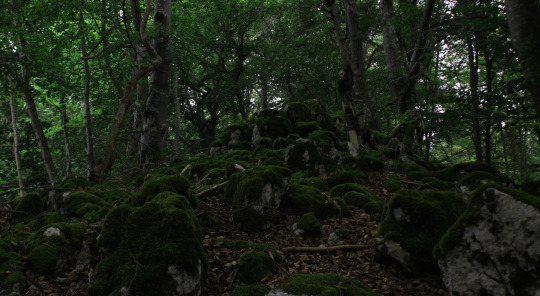
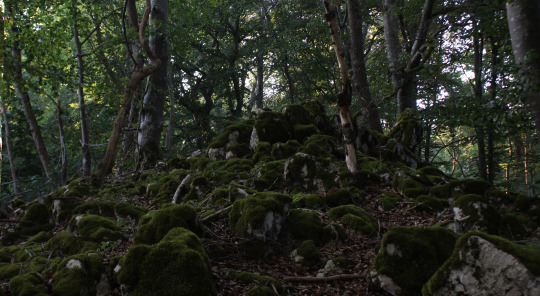



Holy days at the Sacred Mountain
Imbolg / Ostara / Beltane / Litha /
Lughnasadh / Mabon / Samhain / Yule
#mine#finally finished#this took me two and a half years#i'm not wiccan at all but I like their wheel of the year#speaks to my astronomical side#forestcore#forest#nature photography#moss#seasons#pagan#solstice#equinox#imbolg#ostara#beltane#litha#lughnasadh#mabon#samhain#yule#wheel of the year
265 notes
·
View notes
Text
Imbolc 2024

The celebration of Imbolc is the promise of spring’s return, as it sits on the midpoint between the winter solstice and the spring equinox.
For many years, I never really felt anything special associated with this time of year. Here, it's still cold and there isn't the grandeur that Yule or Ostara can hold.
But recently, really since the pandemic, it seems that Imbolc has meant more and more to me as that moment in the depths of the cold when instead of suffering in the moment, we turn our focus to the hope of new plans for the year.
Imbolc is a time to plan what seeds you will plant this spring to harvest in the coming fall, and I take that very metaphorically, although it can be literal. In a way, it's almost a recommitment to your new year's resolutions, or perhaps the clarity of which ones are truly important for the year.
In folklore, this holiday is associated with the Goddess or Saint Brigid, who holds the flames of fertility and healing and one of the plants sacred to her is the blackberry. Although I'm not invested in the mythology, I do look forward to baking a lovely blackberry pie every Imbolc.
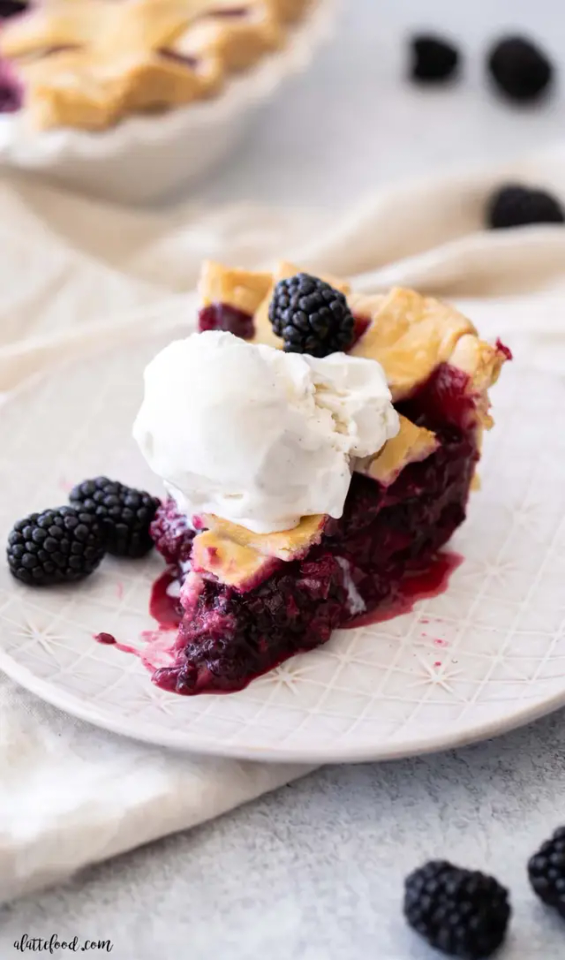
This is also a time I like to switch my decor, taking down any twinkling wreaths and using fresh, cool winter colors until they are replaced at the Spring Equinox. There is a sense of cleansing the previous year out and creating a blank slate for what is to come.
However you choose to celebrate, take a moment for yourself to visualize what is important to you this year, grab a calendar, and plant your important dates and goals.
55 notes
·
View notes
Text
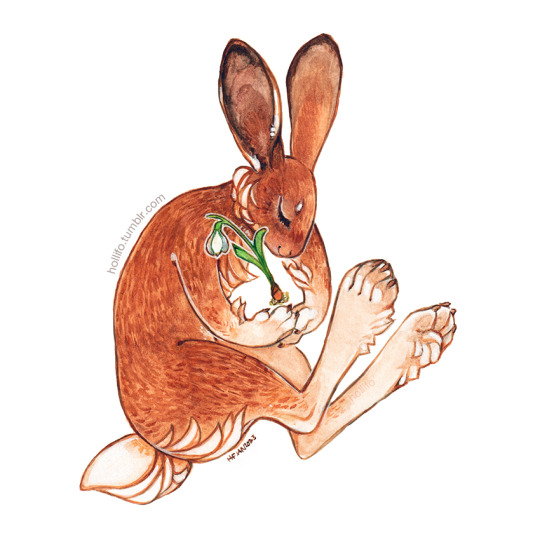
Imbolg | Watercolour
Imbolg/Brigid's day blessings, and positive new beginnings to all!
#my art#imbolg#imbolc#february#hare#rabbit#irish hare#snowdrop#watercolour#watercolor#brigid's day#brigid#spring#and happy year of the rabbit!
309 notes
·
View notes
Text
I wrote a post trying to figure out why on earth some Pagans & Witches refer to Imbolc (an Irish spring agricultural holiday associated with St Brigid, a potential Christianization of the Goddess Brigid/Bríg) as Candlemas, the completely Christian holiday celebrating The Purification of Mary & Presentation of Jesus at The Temple— which originated in the eastern part of the Roman Empire (which the only "pagan" aspect was it competing with Roman Lupercalia for celebrants).
Many pagan & witch spaces online have a constant disdain for Christianity thus I could not wrap my head around them using such an important point of Jesus' & Mary's life as one of their festivals/'sabbats'.... then, after writing a bunch of stuff, I stumbled onto the answer on Wikipedia's Wheel of The Year page, which has citations for its claims:
Margaret Murray (very early 20th century scholar) in her now discredited witch-cult hypothesis said that the Scottish "witch" Issobell Smyth in 1661 confessed to attending meetings for witches on the cross quarter days included Candlemas. Robert Graves (oh how I loathe you ehem I mean: poet folklorist), mentioned that Candlemas was part of the 8 ancient British agricultural festivals. And Doreen Valiente ("The Mother of Wicca") included Candlemas in her list of Greater Sabbat Fire Festivals, while also listing "Gaelic counterparts," in this case Imbolc.
Sigh.
Early (read: 19th-20th century) paganism and witchcraft, or scholarly work about it, really was just: put every claim regardless of accuracy from any culture in this jar, shake it up real good, see what pops out from the mix, then pretend its historically attested to and traditional despite any and all evidence.
Also whatever Wikipedia writer wrote this, I appreciate your sassiness ... even if it was unintentional:
Due to early Wicca's influence on modern paganism and the syncretic adoption of Anglo-Saxon and Celtic motifs, the most commonly used English festival names for the Wheel of the Year tend to be the Celtic ones introduced by Gardner and the mostly Germanic-derived names introduced by Kelly, regardless whether the celebrations are based on those cultures.
EDIT: To be clear, not all neo/pagans, witches, wiccans, occultists, people-who-use-wheel-of-year are anti-Christian! I'm not trying to say that. But as a worshipper of Mary now, I notice it more and more. Nor am I saying all those people follow Murray/Grave/Valiente blindly but published works and trusted blogs often seem to. This is simply an observation, I've taken notice of, its not the entire communities.
#wheel of the year#imbolc#imbolg#candlemas#pagan#neo pagan#polytheist#witch#annoying history#theres a great post on the actual irish holidays from ya know an irish perspective#but i cant find it#holiday#mariolatry#first sorrow#deletes previous draft#should have just read wheel of year article first#letsdebunk#tag seems appropriate i guess
38 notes
·
View notes
Text
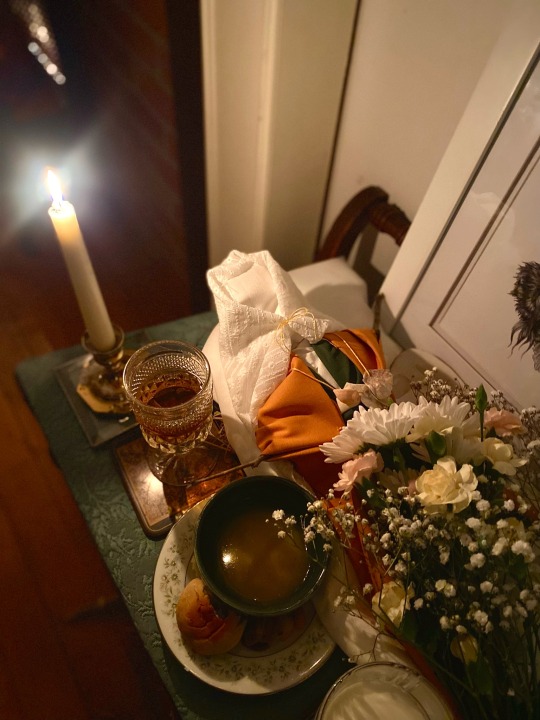








February is almost over, which reminded me that I haven't shared photos from Lá Fhéile Bríde yet. This year was marvelous. Such good food and happy company. 🕯🌾✨
27 notes
·
View notes
Text
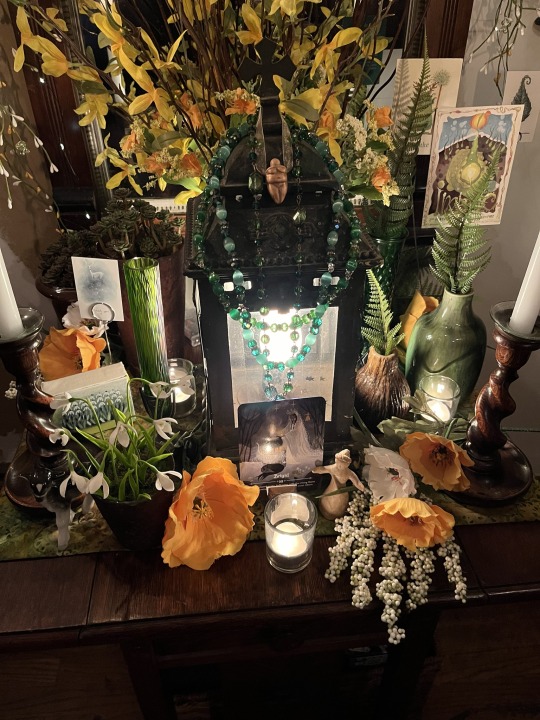

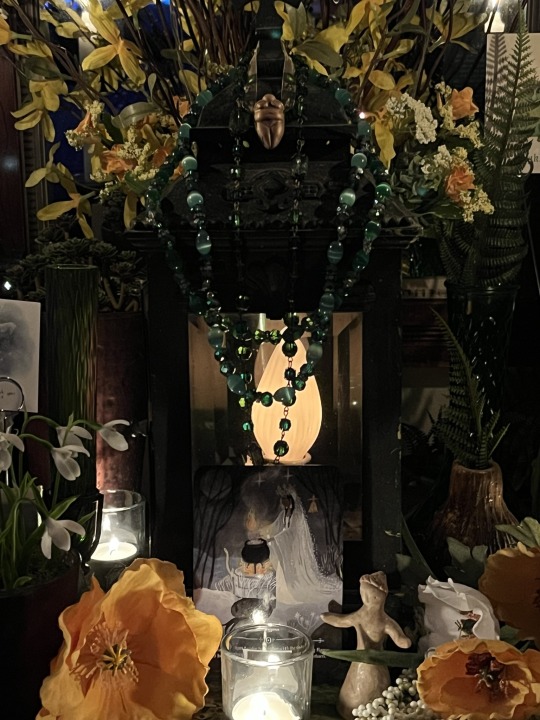
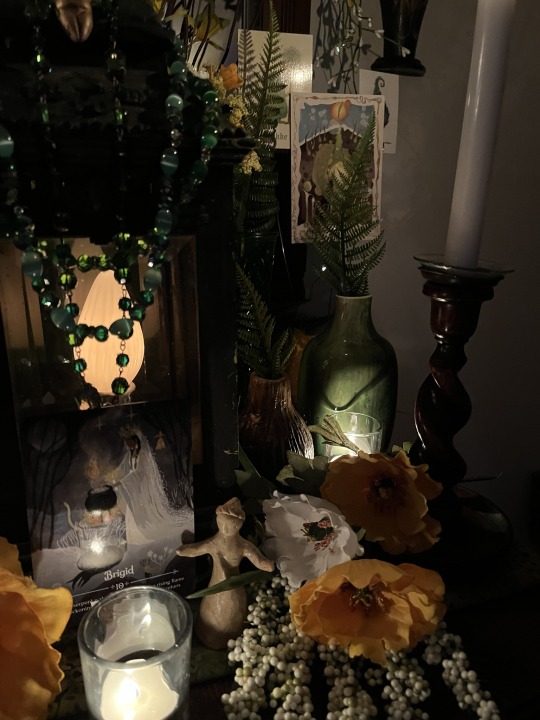
Happy Imbolc everyone!!!
✨🌱✨🕯️✨🌱✨🕯️✨🌱✨🕯️✨🌱✨
22 notes
·
View notes